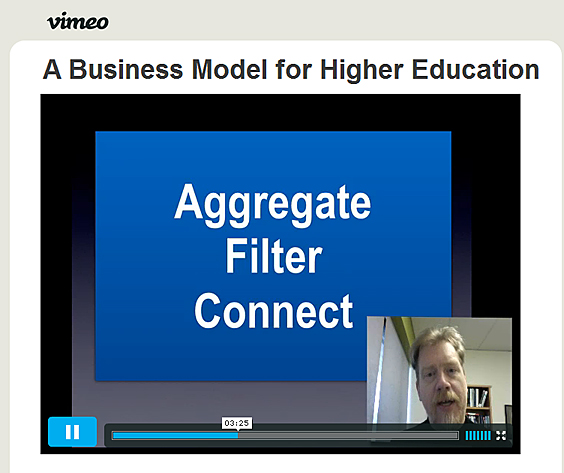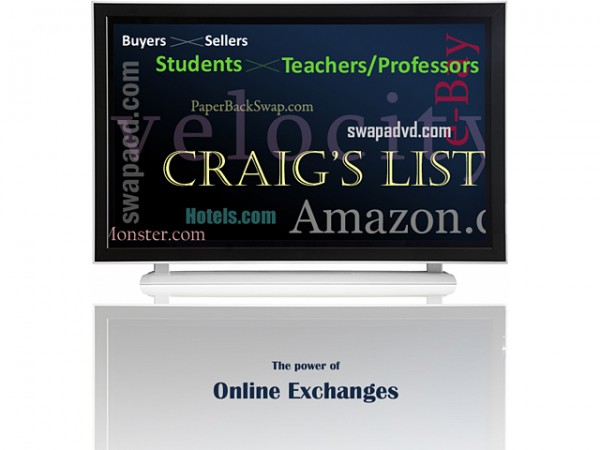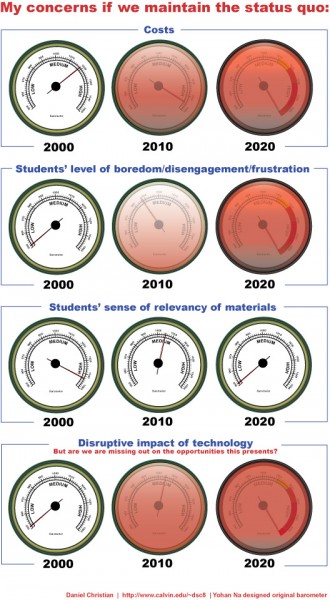What will universities of the future be like? — from bbc.co.uk by Hannah Richardson BBC News education reporter
It’s the end of your shift, you dash for the train and switch on your mobile phone as you find yourself a seat.
You log into your degree course learning zone and discover you’ve been set a tough assignment. You download some key text books from the online university library and begin swotting.
While fellow commuters bury their heads in the Metro, you get some tips from course mates through an online forum.
By the time you reach your stop you have tapped out an essay plan on your smartphone.
Is this the university experience of the future? For an increasing number of students it’s happening now.
And with the cost of university set to rise considerably, many more are likely to study for their degrees in cheaper, more flexible ways – perhaps through digitally-based distance learning providers.
‘Mortgage-sized debts’
This is the view of the vice-chancellors’ body, Universities UK, which warns that as public funding contracts, the traditional residential university experience could become the preserve of an elite.











 thinks something is going to die too.
thinks something is going to die too.

